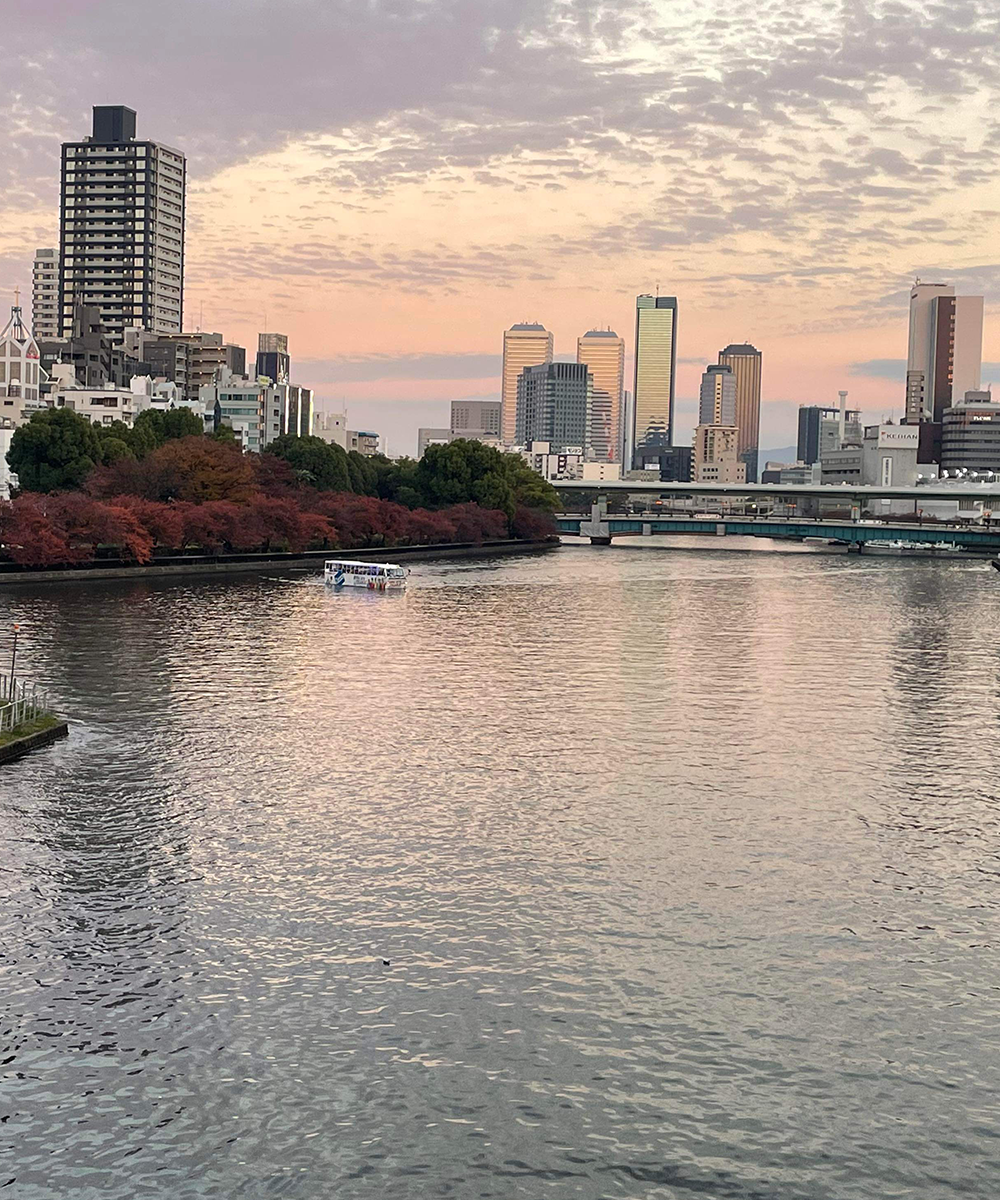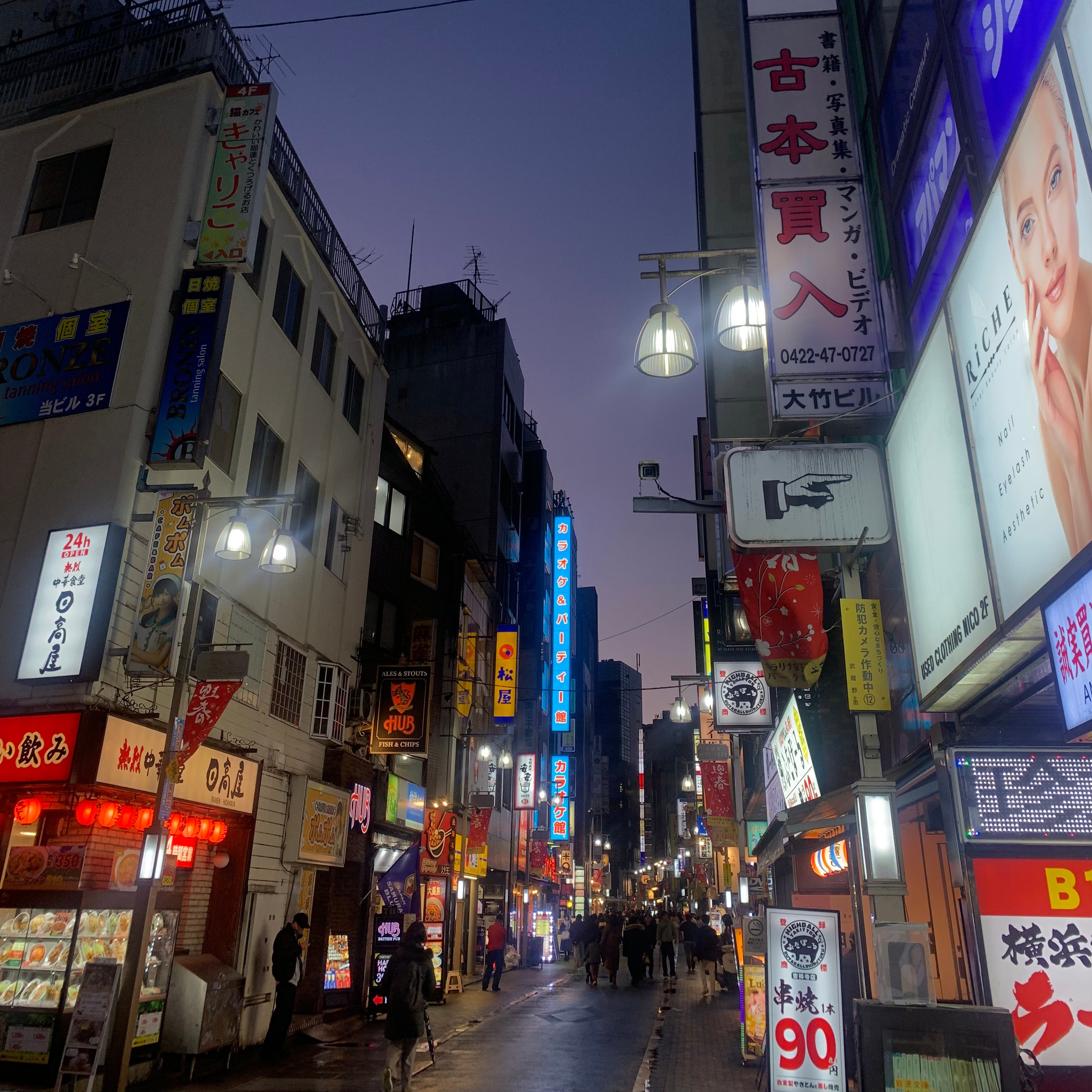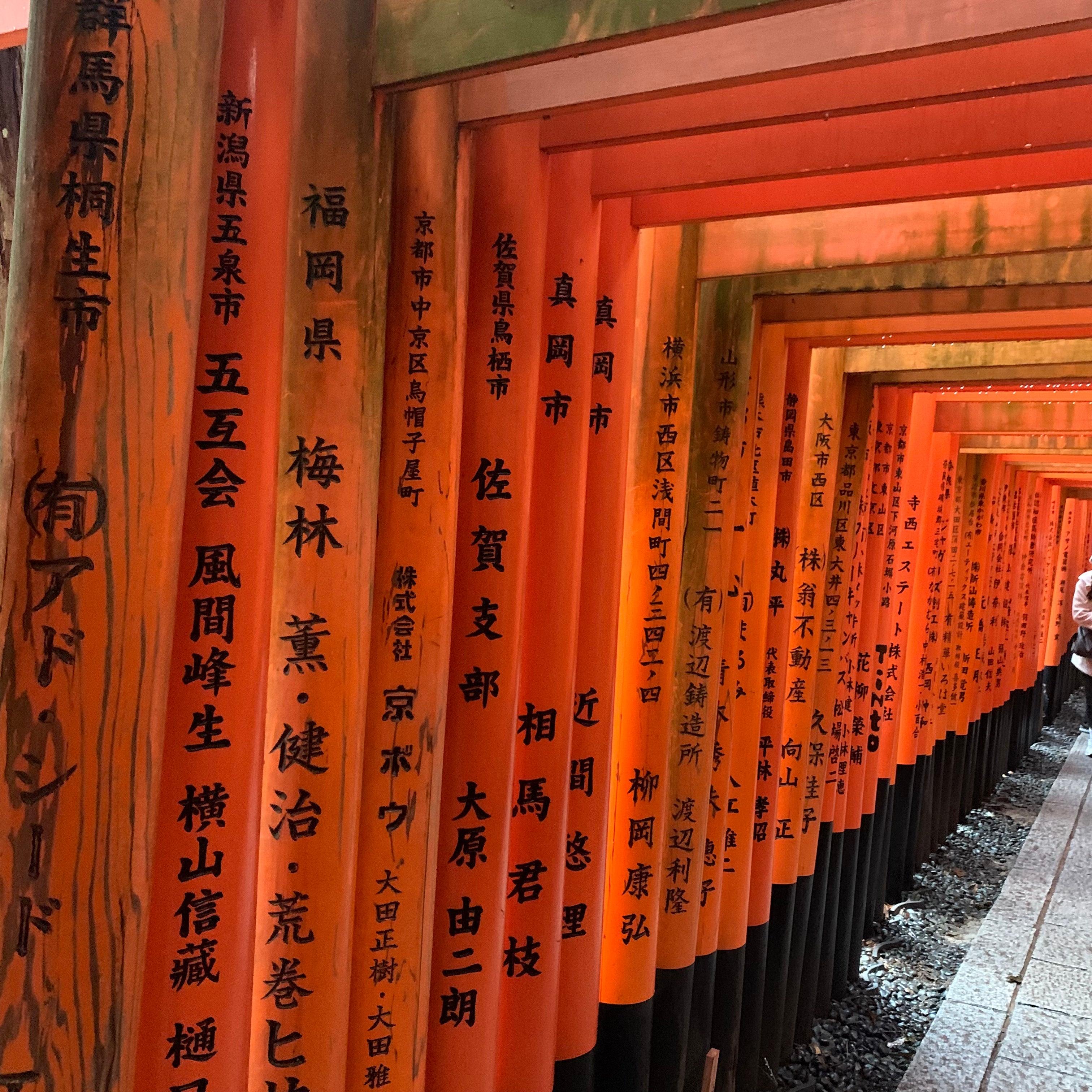Flights to Tokyo:
Getting to Tokyo is easy. SAS flies directly to Tokyo Haneda, and has some pretty perfect departures compared to jet lag. And otherwise there are countless options for both Tokyo's Narita and Haneda airports. Haneda is closest to the city, and it only takes half an hour from the airport into the city. Narita is a bit outside the city, but there are good connections into the city with, for example, the Narita Express. It takes approx. an hour's time and is also a little more expensive than from Haneda, depending on where in Tokyo you are staying. The tickets for the train are bought at the airport. In addition, it is also easy and quick to get a taxi.
Japan Rail Pass:
If you plan to travel around Japan, the Shinkansen is the best and fastest way to travel. The Shinkansen is the name of Japan's high-speed train, which runs throughout the country at 200-300 km/h. For example, you can get from Tokyo to Kyoto in just over 2 hours. In addition to the Shinkansen, your Rail Pass can also be used just for regular trains around Tokyo.
We recommend that you buy your Japan Rail Pass in advance before you leave, as only a few stations sell them. In addition, you save a bit by buying it from home and avoid standing in a long queue. The closer you get to the journey, the more expensive it can be. Buy it if necessary. online via the Japan specialist.
Reserve seats
If you are planning a trip with the Shinkansen, you must have reserved a seat on the train in advance. You can do this at the major train stations, at a ticket office. In the train, you sit 3 on one side and 2 on the other side of the aisle. Therefore seats "A", "B" and "C" are next to each other, where seat "A" is the window seat with a sea view on the tour. But if you are traveling from Tokyo to e.g. Kyoto or vice versa, the perfect seats are seats "D" and "E", where "E" is the window seat with Mount Fuji view. Mount Fuji is Japan's largest mountain and volcano, located just outside Tokyo. This is a sight you won't want to miss. However, it is a good idea to reserve seats well in advance, as "E" is a sought-after seat. "E" is always the seat with a Mount Fuji view, as the trains do not run in a circle, but back and forth. So this applies both if you are traveling from Tokyo to Kyoto, or from Kyoto to Tokyo.
Luggage on the Shinkansen
If you are traveling with larger luggage, it is a good idea to book "oversized" luggage when you book your seat ticket. Even if your luggage is not rated as “oversized”, this is a much more comfortable way to travel. If you book "oversized" luggage, this is placed in some of the aisles, or in the back row of your compartment. Otherwise, you may end up sitting with your luggage in front of you, with limited space for your legs, or placed in the overhead shelves, where you may have to lift your 23 kg suitcase up, if there is room for it at all.
Metro and bus around Japan:
The fastest way to get around the big cities is with the metro. You can buy tickets at the stations, but we would recommend that you buy a Pasmo card. Pasmo is a travel card made exclusively for tourists and can be used on subways and buses all over Japan. It works almost like the Danish travel card, where you check in and out. You can refuel continuously during your journey. However, the card is very sought after, and there is a risk that they will be sold out, so we recommend that you buy it when you arrive at the airport. You can fill up continuously at all stations, however these machines only take cash.
Luggage storage at train stations:
If you would like to store your luggage at the stations, you can find lockers for this at almost all stations. A short trip between Kyoto and Osaka only takes 30 minutes, but maybe you don't mind lugging your luggage along. Here you can easily use your pasmo card to pay for the storage of your bags by tapping your card on the information screens on the lockers. These storage lockers can hold your luggage for up to 2 weeks. But a good tip is to take a picture of which locker you left your things in, as it may well be difficult to find the locker again when you return to the station. All lockers have a letter and number, such as “Q2”, indicating where your things are stored.
Huge stations:
The stations in Japan can be huge. Therefore, you should not count on the arrival time to mean that you are completely there. If you have to change trains, it can be a challenge to get from one platform to the other. Especially if you are also traveling with luggage and you also just have to find an elevator or escalator. This can even be a challenge for the Japanese themselves. So always be on time when you have to catch a train or calculate a time buffer when you have to change trains. One train you especially want to be on time for is the Shinkansen. Not only because you cannot change your seat ticket to another time, but also because the iconic train is worth seeing enter the platform.
Worth knowing:
1. How you should behave
In Japan, it is considered bad manners to speak loudly and to talk on the phone in public. Therefore, speak in low voices and have respect for the other people on public transport. More Japanese people can take a short nap on the trains and many travel long distances every day.
2. If you are hungry
You don't eat on public transport or while walking. So if you need a bite, you stop or wait until you're at a stop. The only train it is okay to eat on is the Shinkansen, as there can be some very long stretches. Here, the seats are also equipped a bit like in an airplane, where you have a small table to eat at.
3. No trash cans
You will find very few trash cans in Tokyo. That's why it's smart to have a small bag with you where you can collect your rubbish until you find a bin. This is due, among other things, to the fact that at one point some people threw bins in the air, so it was decided to abolish them all.
4. Google translate
Google Translate is your best friend. There are many Japanese people who do not speak English, which is why it is beneficial to have a translation app with you. In this way, you can better communicate with the locals, but also read product descriptions, menus, signs, etc. using Google Translate's camera function. Take a picture of what you want translated - It's a huge help!

















